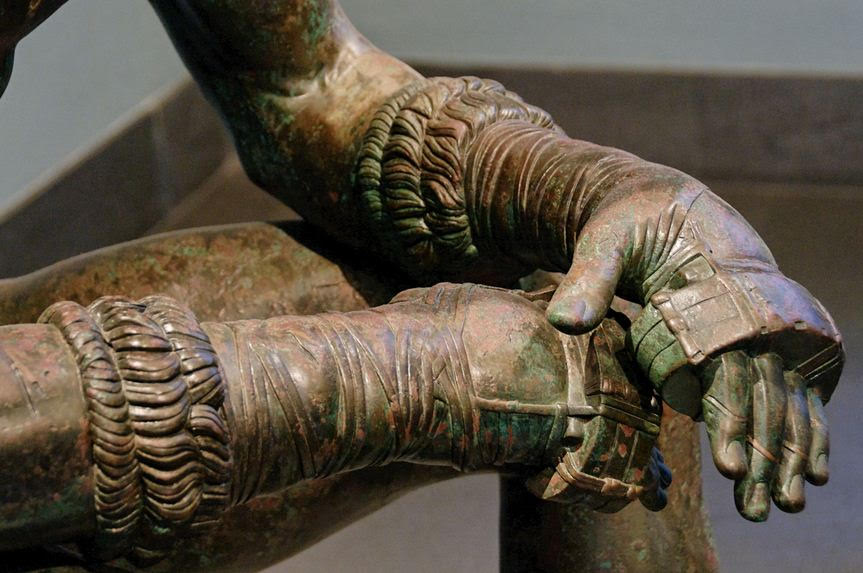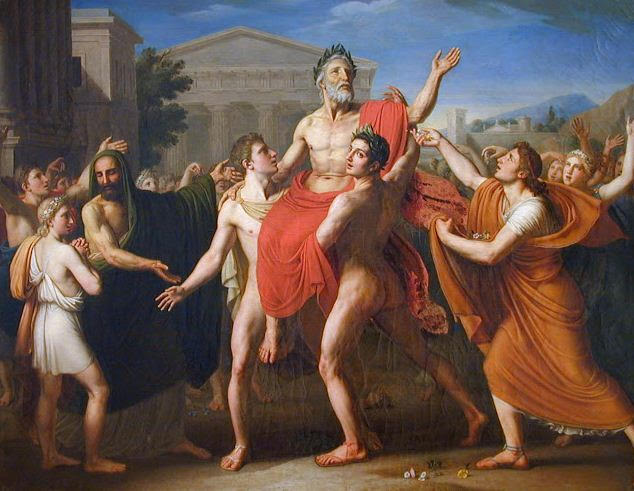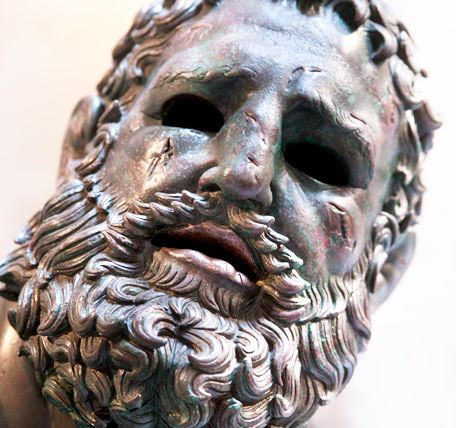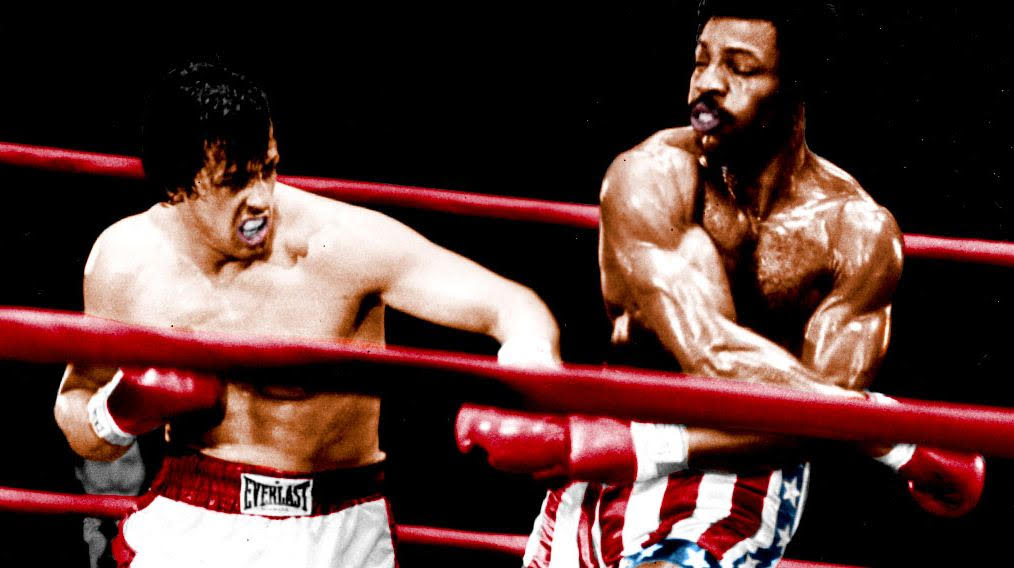This week I thought I would share a little something about my research for, and writing of, my upcoming book Heart of Fire.
As mentioned in the last post, I’m getting close to the end of this book, and it’s going to be fantastic. I can feel it in my bones.
I wanted to touch on a particular scene that I wrote last week.
Without giving anything away, the scene in question is a climactic boxing match set during the Olympics of 396 B.C.
Now, I’ve written more fight scenes than I can count in my stories, some very realistic, others fantastical, some ugly, some inspiring. Most of the time they have been fought with weapons.
However, boxing is a more visceral sport, especially ancient Greek boxing.
I knew I needed to make this fight count, to put the reader ‘ringside’ so that she/he can taste the sweat and blood, and feel the impact of every hit.
I’m not a boxer, and though I’ve taken part in some martial arts, I had to admit that I had no idea how a man, or his body, would react during an ancient Greek boxing match.
You see, ancient boxing was not like modern boxing.

Himantes – from Hellenistic bronze of a boxer
First of all, the ancient Greeks did not cover their fists with soft gloves. Instead, they used something called himantes. These were thick strips of leather, rawhide, or sometimes lead, that were fastened to a fighter’s fists with linen or leather straps. The fingers were not covered, but left free to grab, to poke and jab, as well as punch.
In modern boxing, there are basically four punches: the direct or straight punch, the upper cut, the jab, and the hook. Combinations of these are used variously.

In contrast, ancient boxing included many more types of hits, including slaps, hammer punches, backhands, chops, pokes, elbows, swipes and many more.
Truthfully, ancient boxing was more like Wing Chun Kung Fu arm techniques than modern boxing. It differed from the pankration mainly in that there were no holds or grappling, and perhaps fewer intentional bone-breaking moves.
Before writing, I had to dispel with my modern ideas of boxing and what it should look like. Also, there were no ‘rounds’ in ancient boxing. The two fighters went at each other until someone was knocked out, or until one of the fighters surrendered. If neither of those two things happened, and if no one died, a fight could go on all day.
When writing an ancient boxing scene, in addition to being accurate, each fight also has to propel the story forward. I started by looking at some famous movie fights, and what better boxing match to look at than the last bout in Rocky I. Click on the image below to watch the fight scene:
Sure, this seems a bit dated now, but it’s one of the most famous modern boxing scenes in movie history. This showed me how the story can be told without speech, but rather the actors’ bodies, how the strain and struggle tell a story without words. It illustrates the all-important, ancient idea of ponos, the toil and passion of an athlete or warrior.
So, Rocky helped me visualize the storyline of my fight scene, and how it would move the characters forward. Next however, I needed to visualize how ancient boxing might look mechanically.
Of course, I can make some pretty good guesses and get creative – that’s the joy of writing after all – but I wanted to find at least a small demonstration to help it sink in. Luckily, I found a video from the Historical European Martial Arts Coalition (HEMAC) conference in Dijon France, demonstrating the art of ancient Greek boxing.
CLICK HERE to watch the HEMAC demonstration!
This is a short video but I found it very helpful. The men sparring are holding back a little, as it is a demonstration only, but you can easily imagine what it might be like with the rawhide, or lead pieces inserted in the himantes, and the fighters hitting one another full force.
It would be brutal, and oftentimes, quick.
If you’ve seen some of the top 20 boxing knock-out videos on YouTube, you’ll know that with one hit to the head, a massive, strong man can crumple like a rag doll. It’s not pretty.
Take off the modern padded gloves, and substitute them for ancient himantes, and you’ve got yourself a genuine ancient bloodsport.
If you want to learn a bit more about the sorts of injuries that might occur in an ancient boxing match, CLICK HERE to read a fascinating article.

The Diagorids of Rhodes were boxing royalty in Ancient Greece – painting by Degeorge, Diagoras porté en triomphe par ses fils, 1814


